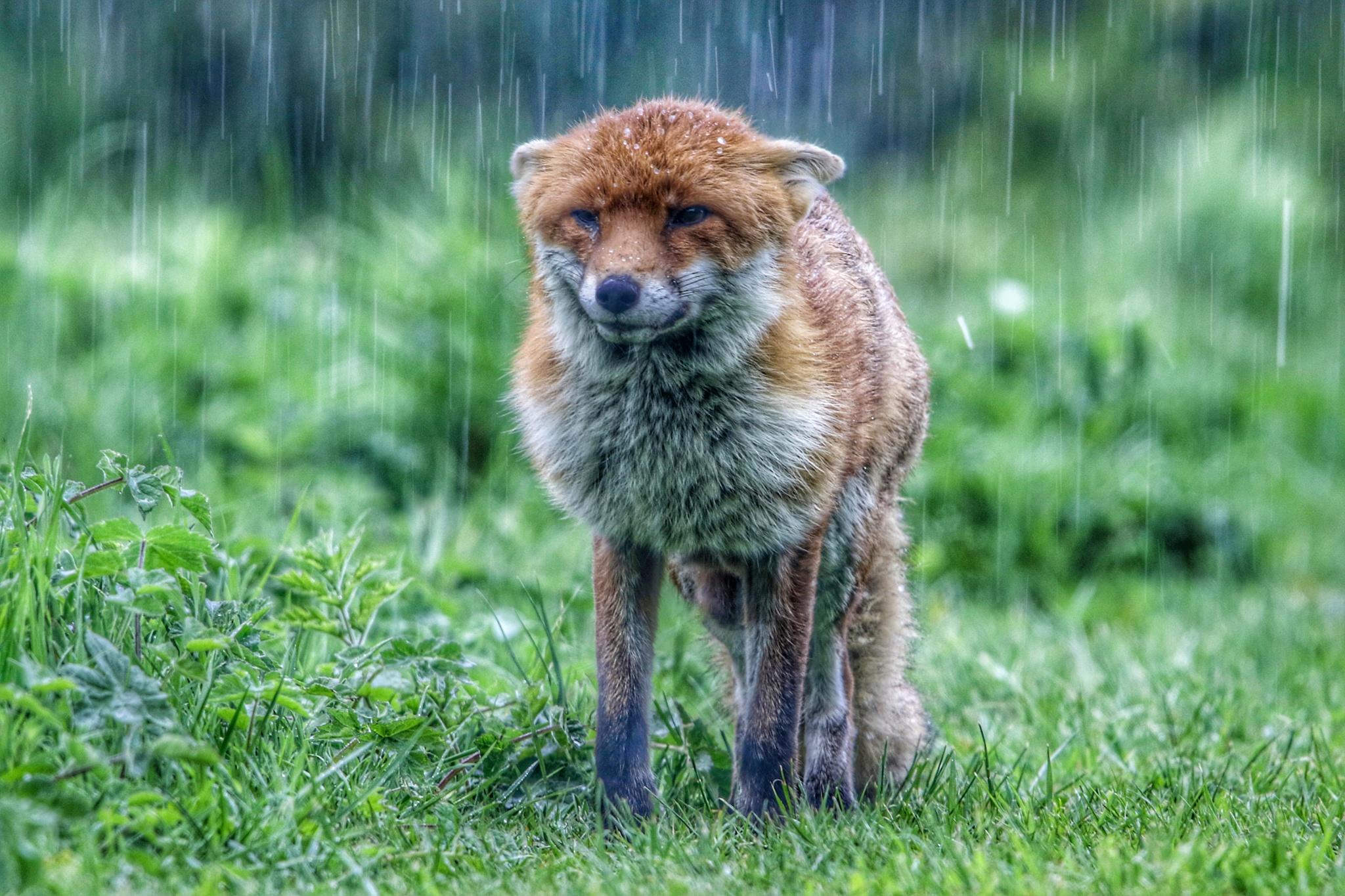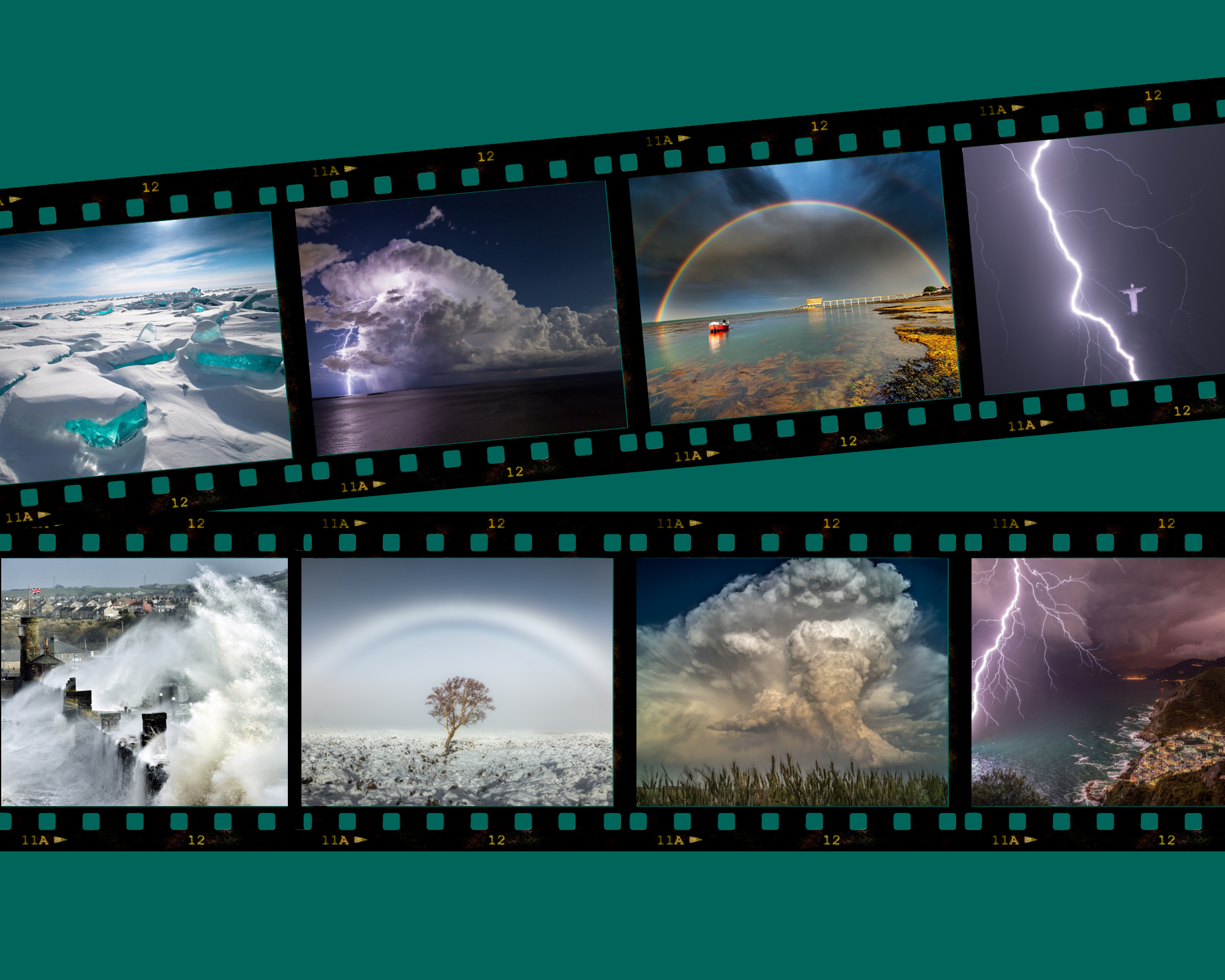

Weather Photographer of the Year: The Winners of the Public Favourite Category
Our weather photographer of the year competition has been running for nearly a decade. So before the 2024 Standard Chartered Weather Photographer of the Year launches next month, here is a quick look back at the previous winners of the Public Favourite vote.
2016
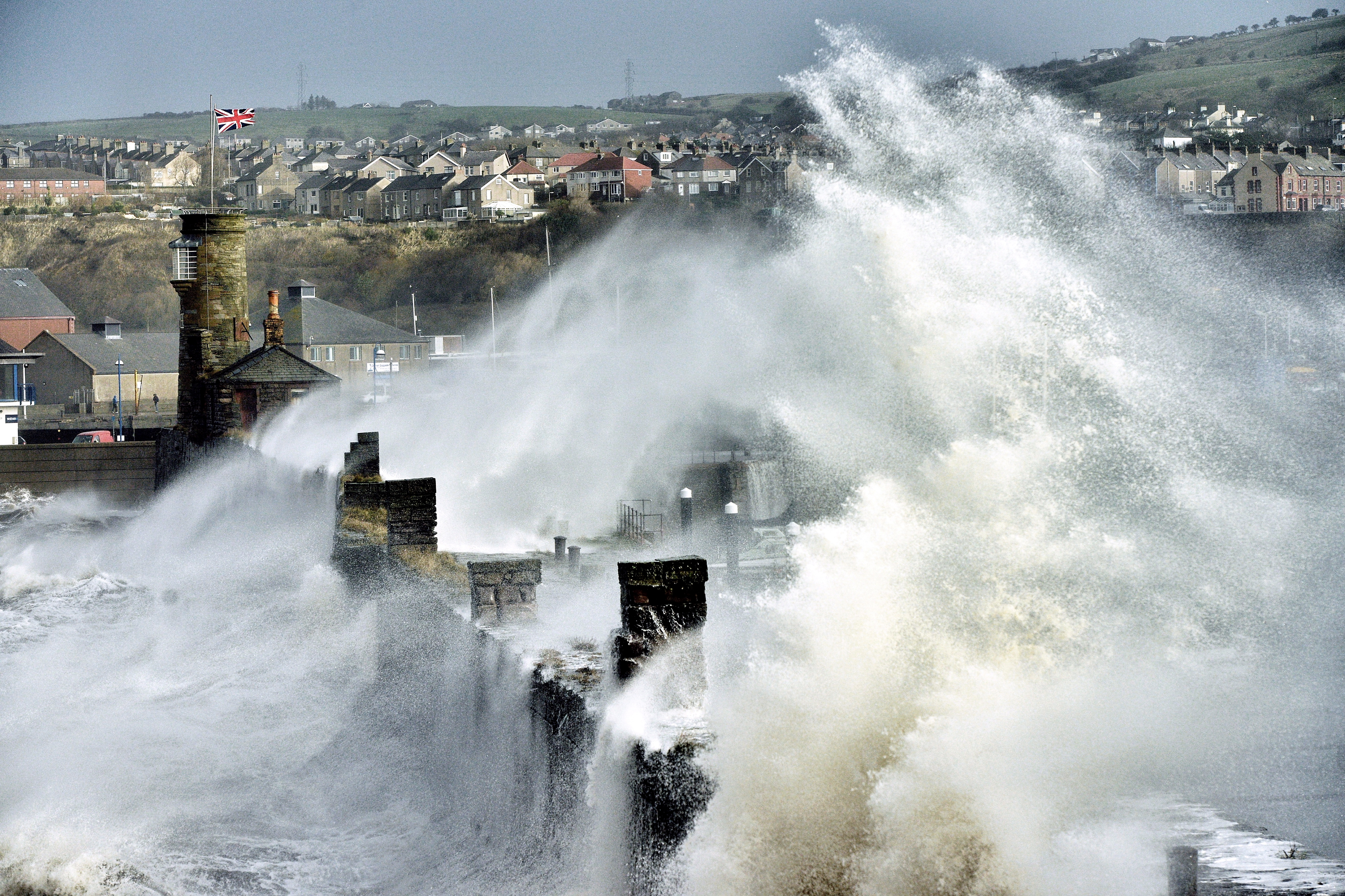
The inner harbour wall at Whitehaven, Cumbria, being hit by a monstrous wave, dwarfing the surrounding man-made structures. During the winter of 2013-2014, the UK was hit by a series of Atlantic storms, sending tidal surges and strong gale-force westerly winds, which made for ideal conditions for large swells at Whitehaven. The storms also caused widespread flooding and damage.
The media would often name the storms, but at the time there was no definitive naming system in place. That changed in 2015, when the Met Office, and Met Éireann (Ireland’s National Meteorological Service) introduced the Name our Storms campaign to help raise awareness of the potential impacts of severe weather by providing consistent, authoritative messaging.
2017
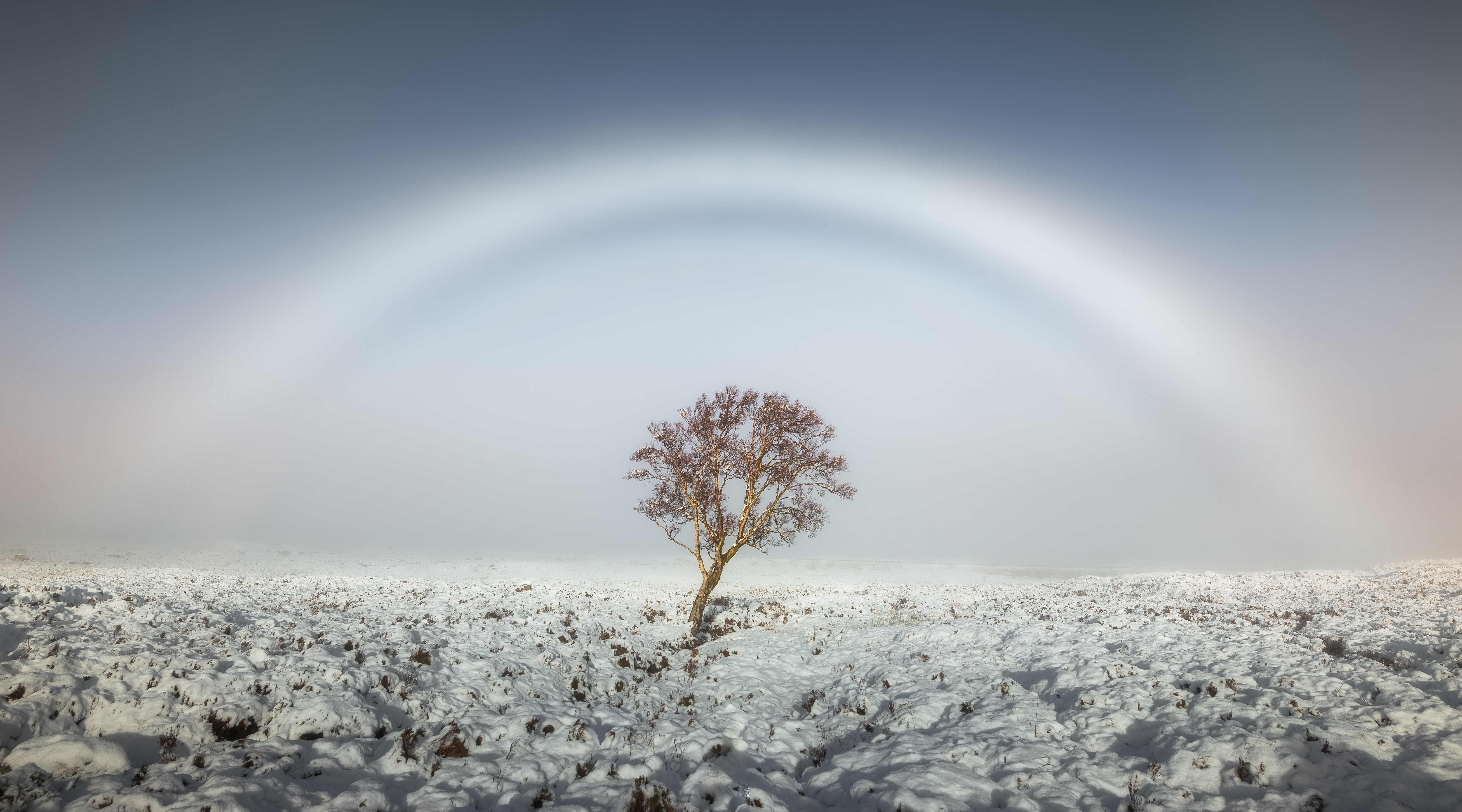
Fog can produce an optical phenomenon called a fogbow. To see a fogbow you need mist, fog or cloud, and for the sun to be behind you at a low angle in the sky. Fogbows form in the same way as their cousin the rainbow, but they are almost colourless due to the tiny size of the water droplets.
Banding is often evident on the inside of a fogbow’s main arc, as can be seen in this beautiful example over Rannoch Moor. The bands are called supernumeraries, and they form in the same way that supernumeraries in rainbows do – because of constructive and destructive interference of wave crests in light rays that have travelled along paths of differing lengths through the droplets. As the fog droplet size increases, the fogbow becomes narrower, and the inner supernumerary bows move closer together.
2018
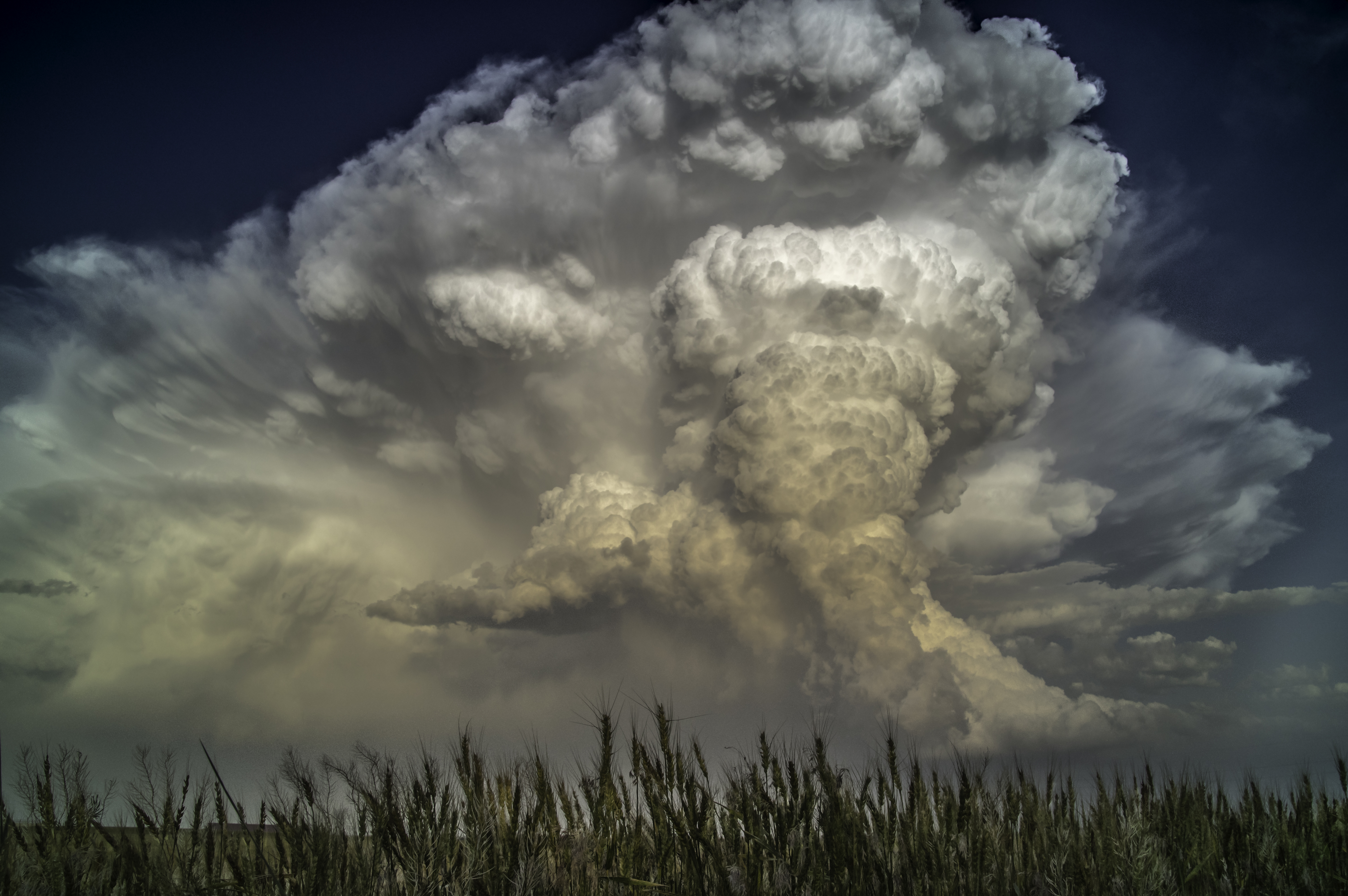
The image was taken in South Kansas on a storm chasing holiday and reminded Kathryn of the mammoth character from the movie Ice Age, hence the name “Ellie Cloud”. The phenomenon of seeing the shape of objects, in this case in the clouds, is called pareidolia.
2019
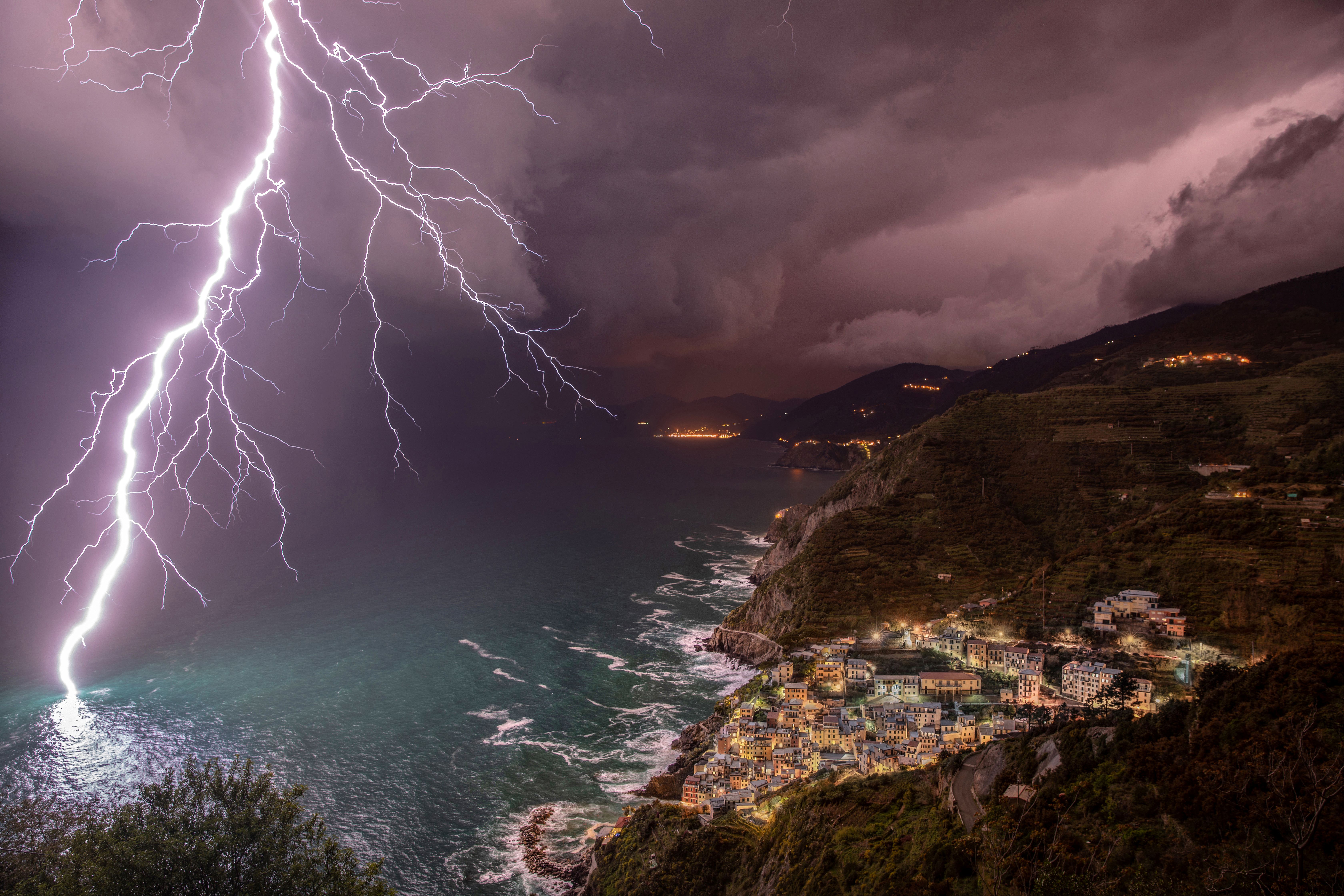
A huge lightning bolt strikes the sea in front of Riomaggiore, Cinque Terre, Italy. Lightning is a large electrical spark produced by electrons moving from one place to another. It follows a breakdown of the air after the build-up of opposing electrical charges within different regions of a cloud, or between cloud and ground.
When lightning flashes, the electrons are moving so fast that the air around them glows. The lightning flash ends when there are no electrons left in the channel. Lightning normally takes the shortest and quickest route to the ground, commonly striking tall objects such as trees and skyscrapers, but can also strike open water.
2020
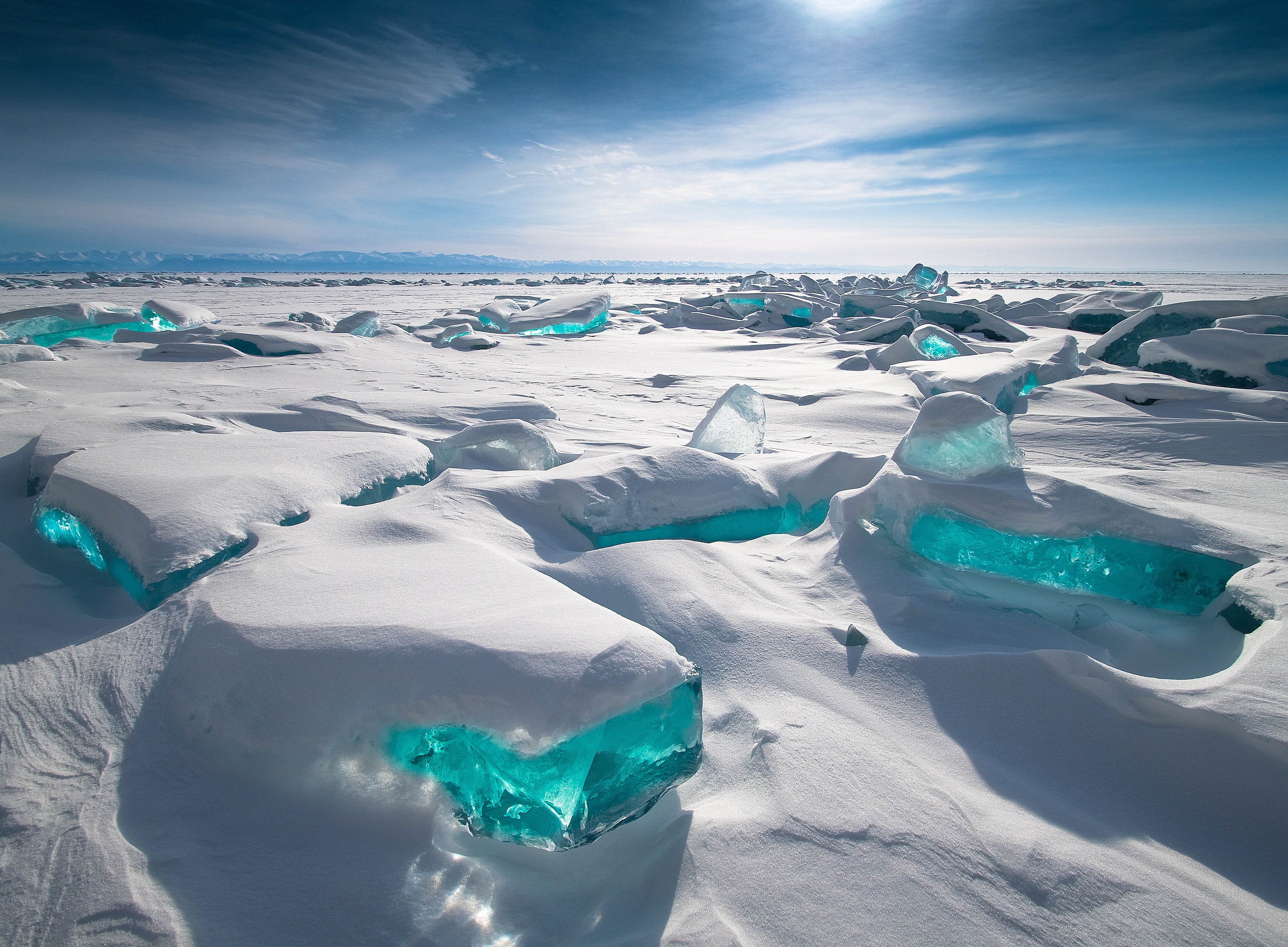
Lake Baikal, in Siberia, is the world’s deepest and largest freshwater lake – containing about one-fifth of the freshwater on Earth. It is renowned for its many ice formations and their turquoise appearance. The lake is covered in ice for almost five months each year and as the average temperature drops from 11°C in summer to -21°C in winter, the uneven freezing of the lake results in some blocks being pushed up, which are then sculpted by the wind, sublimation, melting and refreezing.
When light shines through ice, refraction (bending) of the rays can make it appear blue. Alexey took his picture at noon, when the sunlight refracting in the blocks of ice caught his attention.
2021
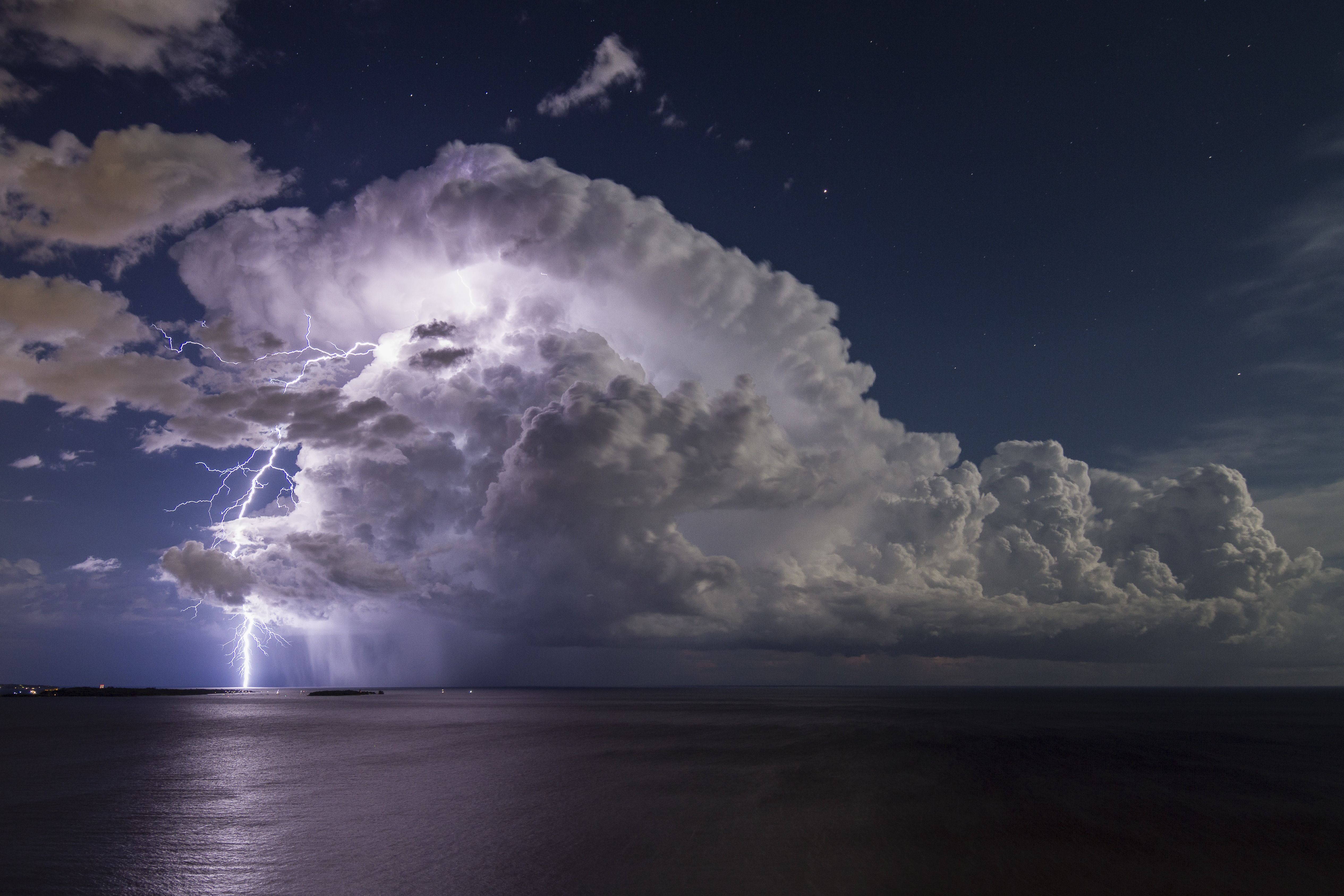
After driving over 300 miles, waiting for eight hours and a half-night sleeping in the car, Serge finally captured this forecasted thunderstorm on a full-moon night over the famous Bay of Cannes in the south of France. This thunderstorm unleashed several thunderbolts in the clear sky under the stars. There was no rain, no parasite clouds, just the calm of the night and the sound of thunder – ideal conditions!
Lightning is a large electrical spark produced by electrons moving quickly from one place to another to neutralise two charged regions – this can be within the cloud or between the cloud and ground. It is the collision of small ice crystals with larger and denser graupel (soft hail) within a thunderstorm that transfers electrons from one to the other. The storm updraught then carries the positively charged ice crystals to the top of the cloud whilst the negatively charged graupel falls towards the bottom. Once the opposite charges build up enough, the insulating property of the air breaks down to form lightning. The air surrounding the lightning channel briefly
reaches temperatures of up to 30,000°C, causing the air to rapidly expand, which we then hear as thunder.
2022
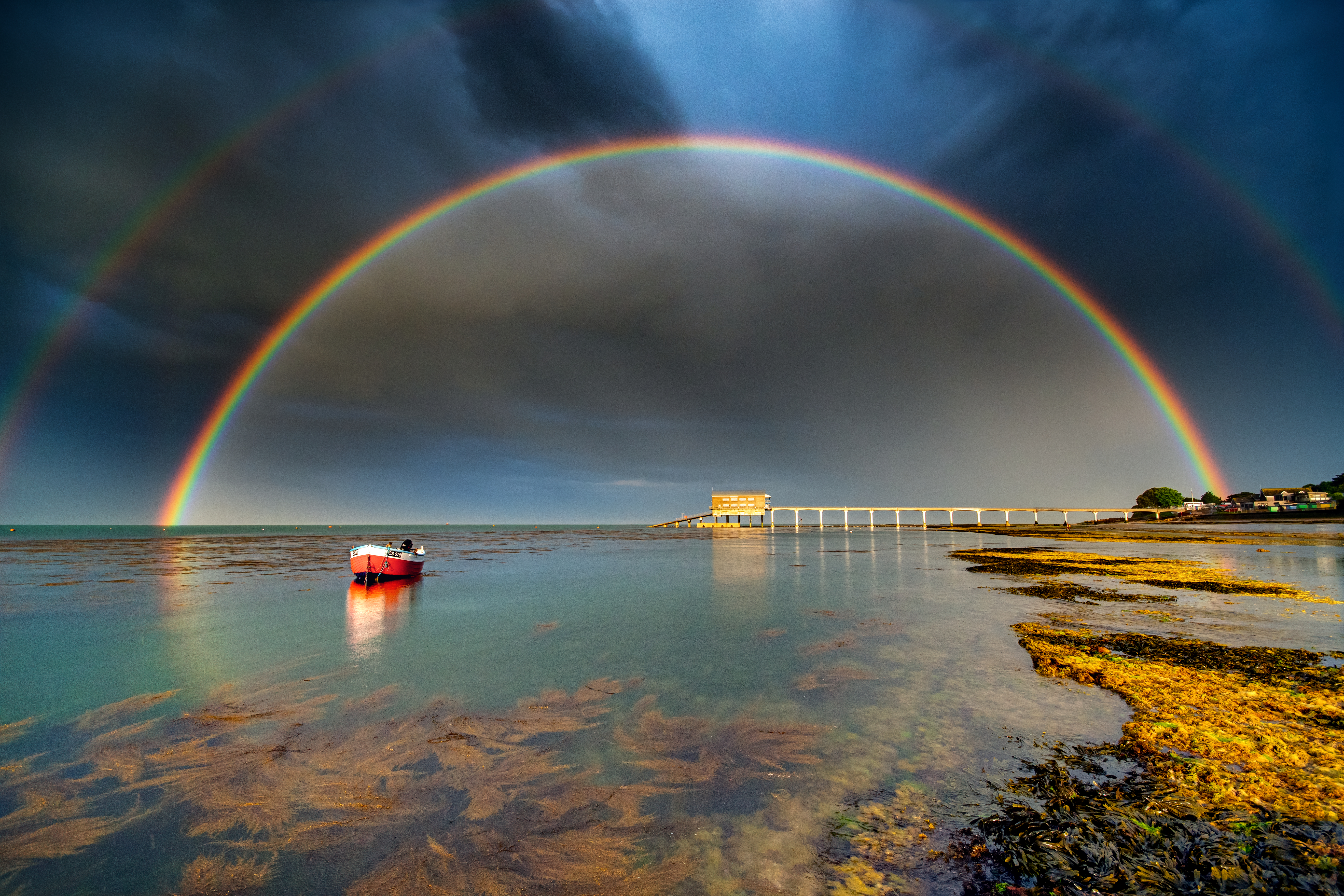
Jamie “waded into the waist-deep water, fully dressed, just to compose this scene”. Rainbows are optical phenomena that occur when sunlight shines through raindrops. The light is refracted as it enters the raindrop, then reflected off the back of the droplet and refracted again as it exits and travels towards our eyes. This causes the sunlight to split into different colours.
Double rainbows form when sunlight is reflected twice within a raindrop. They are relatively common, especially when the sun is low in the sky, such as in the early morning and late afternoon. The second rainbow is fainter and more ‘pastel’ in tone, but the key feature of a double rainbow is that the colour sequence is reversed.
2023
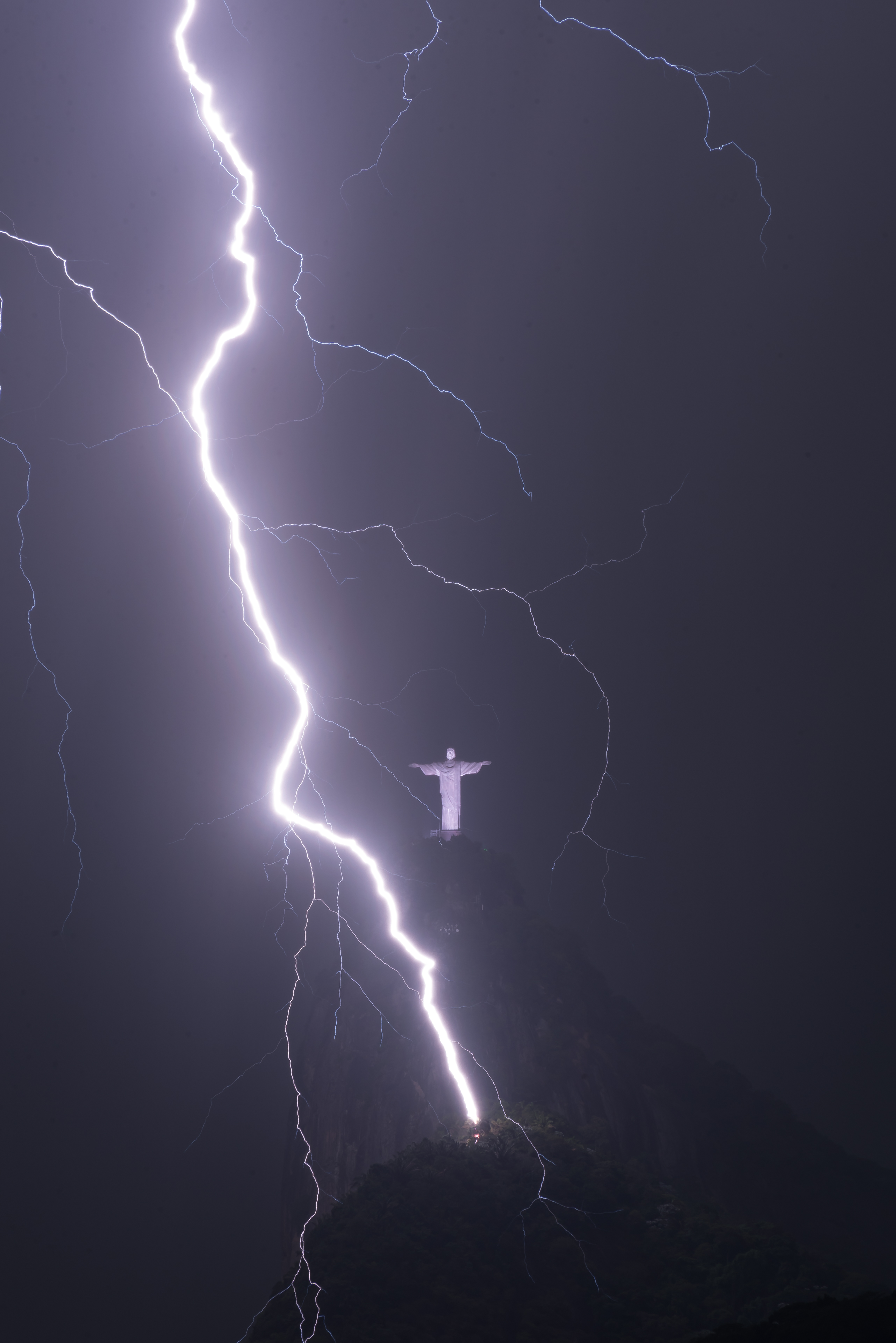
Photographer Fernando Braga took advantage of storm forecasts and used a series of long exposures to maximise the chances of capturing lightning framing the world-famous statue of Christ the Redeemer in Rio de Janeiro, Brazil. “This night was simply unforgettable for me. Like a dream come true.”
Lightning strikes when electric charge builds up in a storm, creating sudden discharges either between parts of the atmosphere, or between the atmosphere and the Earth’s surface. Fernando framed the shot to include ground-based antennas – since lightning often strikes tall electrical conductors like these. Lightning can cause major destruction – damaging property and triggering fires.
Climate change is expected to make lightning more common across the world, by creating a hotter atmosphere that holds more water vapour, and so can produce more frequent and intense thunderstorms.
The Standard Chartered Weather Photographer of the Year competition is back, and opens for entries on 15 April. It's free to enter, for both professional and amateur photographers of all ages.
Join us at a special launch event on Tuesday 16 April 2024 – where experts in storm chasing, weather presenting and climate change storytelling will inspire you to take a winning weather shot. Could you be the winner of the Public Favourite vote in 2024?




